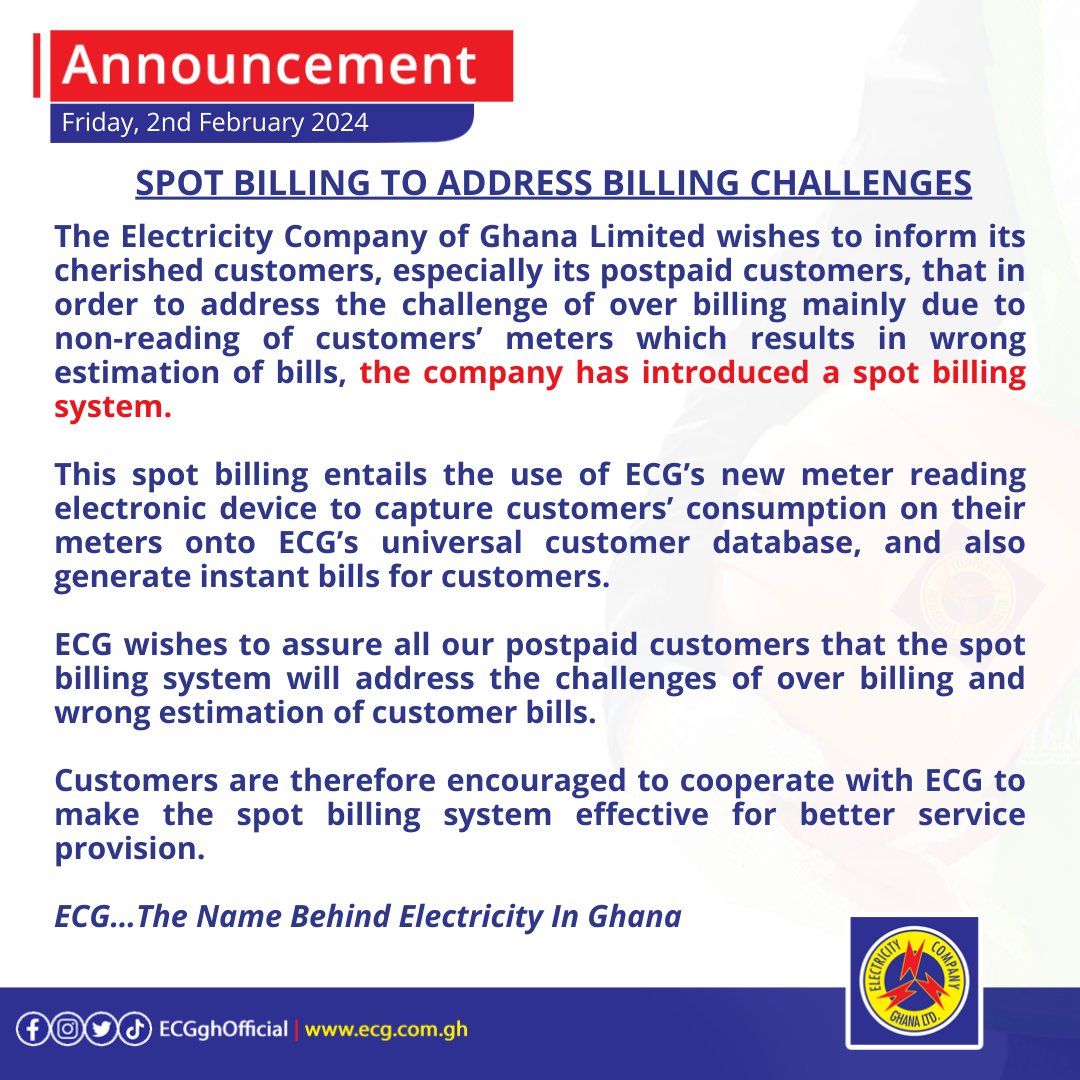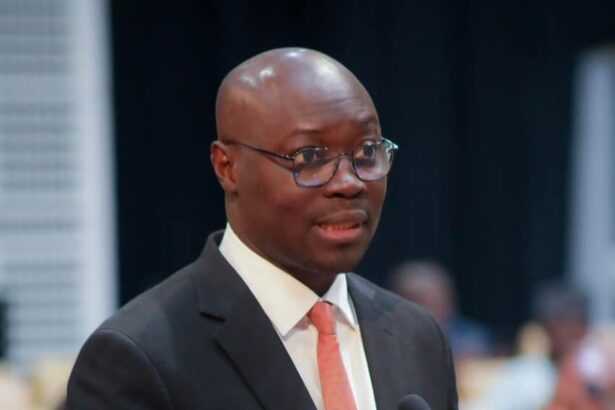
By Dr. Godwin GADUGA Esq.
“The greatest leaders are those who build institutions that outlive them, not monuments to their own genius.” — Peter Drucker
The modern corporate world remains fixated on the cult of the charismatic chief executive officer, that unique leader who dominates boardrooms with a magnetic presence, whose vision allegedly transforms organizations overnight, and whose departure often plunges companies into uncertainty and decline. From Lagos to Nairobi, from Accra to Johannesburg, African companies have observed this pattern with troubling frequency, where the exit of a powerful CEO reveals the fragility of organizations built on personality rather than principles, on individual brilliance rather than institutional strength. This phenomenon raises a key question at the core of organizational sustainability: How can we create corporate entities that succeed not because of who leads them, but because of how they are structured to operate, regardless of who sits in the corner office?
The challenge before us transcends the mere matters of succession planning or leadership development, reaching into deeper questions about the very architecture of organizational life and the mental models shaping our conception of corporate leadership in the twenty-first century. While charismatic leadership has its place and can catalyze necessary change during periods of transformation or crisis, overreliance on this model creates dangerous vulnerabilities that undermine long-term organizational health and sustainability. Organizations built around charismatic individuals often struggle to institutionalize the tacit knowledge, decision-making frameworks, and cultural values that enabled their success, leaving behind what Jim Collins describes as companies that are “built to flip” rather than “built to last.”¹
The seductive trap of charismatic leadership
The allure of charismatic leadership runs deep in human psychology and organizational culture, tapping into our ancient instincts to follow strong, decisive individuals who promise to lead us through uncertainty toward a brighter future. Max Weber’s classical typology of authority identified charismatic authority as distinct from traditional and rational-legal forms, noting that it derives from the exceptional qualities attributed to an individual leader rather than from established rules or inherited positions.² This form of authority can be extraordinarily powerful in mobilizing organizational energy and commitment, particularly during founding phases or turnaround situations when bold vision and decisive action are essential for survival and growth.
However, Weberian analysis also revealed the inherent instability of charismatic authority, which faces an inevitable succession crisis because charisma, by its very nature, cannot be transferred or institutionalized easily. African corporations have experienced this challenge acutely, where founding entrepreneurs who built successful enterprises through force of personality have struggled to transition leadership to professional management or to the next generation without triggering organizational decline. The continent’s business history is littered with once-thriving companies that withered after their charismatic founders departed, unable to sustain the innovation, customer relationships, or market positioning that had been inextricably linked to a single individual’s genius and network.
Contemporary research in organizational psychology has illuminated additional risks associated with excessive dependence on charismatic leadership, including tendencies toward groupthink, suppression of dissenting voices, and the creation of what Manfred Kets de Vries calls “neurotic organizations” that mirror the psychological dynamics of their leaders.³ When organizational members become overly dependent on a charismatic CEO for direction and validation, they may gradually lose their capacity for independent judgment and initiative, creating a workforce that excels at execution but struggles with adaptation when circumstances change or when the leader is no longer present to provide guidance.
African wisdom and collective leadership traditions
The African continent possesses rich philosophical and practical traditions that offer compelling alternatives to the Western fixation on individual heroic leadership, traditions rooted in communal decision-making, collective responsibility, and the understanding that leadership is a shared social practice rather than an individual attribute. The Ubuntu philosophy, which emphasizes that “a person is a person through other people,” provides a foundational framework for thinking about leadership as inherently relational and distributed rather than concentrated in a single individual.? This perspective aligns remarkably well with contemporary organizational theories about shared leadership, collective intelligence, and the importance of social capital in creating adaptive, resilient organizations.
Traditional African governance structures, from the council of elders in various ethnic communities to the sophisticated administrative systems of historical kingdoms like the Ashanti Confederacy, demonstrate practical models of distributed authority and collective decision-making that balance individual initiative with institutional continuity. These systems recognized that sustainable governance requires mechanisms that transcend any individual leader’s lifespan or capacity, embedding wisdom and decision-making processes in structures that endure across generations. The Ashanti stool, for instance, represented not just the individual occupying it but an entire lineage and institutional framework, with elaborate protocols ensuring that knowledge and authority were preserved and transmitted even as individual leaders changed.?
Contemporary African business leaders and scholars have begun reclaiming these indigenous leadership models and adapting them for modern corporate contexts, recognizing that the pathway to sustainable African prosperity may lie not in wholesale adoption of Western management paradigms but in a creative synthesis that honours local wisdom while incorporating global best practices. Mamphela Ramphele, the distinguished South African academic and business leader, has argued persuasively that African organizations must draw on their cultural heritage of collective leadership and community orientation to create distinctive organizational models suited to African contexts and capable of addressing African challenges.?
Building institutional architecture for sustainability
The transition from personality-dependent to system-dependent organizations requires deliberate architectural choices about how decision-making authority is distributed, how knowledge is captured and transferred, and how organizational culture is maintained across leadership transitions. Jim Collins and Jerry Porras, in their landmark study of enduringly successful companies, identified several characteristics that distinguished “built to last” organizations from their less durable competitors, including an emphasis on core values and purpose beyond profit maximization, a commitment to preserve the core while stimulating progress, and the development of strong cultures with decentralized decision-making authority.?
One critical architectural element involves creating what Harvard Business School professor Amy Edmondson calls “psychologically safe” environments where employees at all levels feel empowered to speak up, experiment, and contribute their perspectives without fear of punishment or ridicule.? Organizations that cultivate psychological safety are better positioned to tap into the collective intelligence of their workforce rather than remain dependent on the insights of a single charismatic leader, thereby creating distributed problem-solving capacity that enhances organizational resilience and adaptability in the face of complex challenges.
The development of robust systems and processes represents another essential foundation for sustainable leadership, ensuring that critical organizational capabilities reside in documented procedures, established routines, and institutional memory rather than in the tacit knowledge of individual executives. This does not mean creating bureaucratic rigidity that stifles innovation and responsiveness, but rather establishing what organizational theorist Karl Weick calls “requisite variety,” where standardized processes handle routine situations efficiently while flexible protocols enable creative responses to novel challenges.? African corporations that have successfully navigated leadership transitions typically exhibit strong process orientation coupled with cultural flexibility, allowing them to maintain operational excellence while adapting to changing market conditions and leadership styles.
Succession planning must be reconceived not merely as identifying the next CEO but as a continuous process of leadership development that builds depth throughout the organization and ensures smooth transitions at all levels. Companies like Safaricom in Kenya and Equity Bank across East Africa have demonstrated how investing in leadership pipelines and creating clear pathways for advancement can reduce dependence on any single individual while maintaining strategic continuity. These organizations understand that sustainable leadership means developing multiple capable executives who understand the business deeply and share commitment to its core values and strategic direction, creating what Ron Heifetz and Marty Linsky describe as “adaptive capacity” distributed throughout the organizational system.¹?
The role of governance and accountability structures
Strong corporate governance structures provide essential scaffolding for sustainable leadership by ensuring that power is appropriately distributed, that decision-making follows established principles rather than individual whims, and that accountability mechanisms protect stakeholder interests across leadership transitions. Independent boards with diverse perspectives and genuine authority can serve as crucial institutional stabilizers, maintaining strategic continuity and cultural integrity even as executive leadership changes. The challenge in many African corporations has been the tendency toward board capture by dominant shareholders or founding families, creating governance structures that rubber-stamp decisions rather than providing genuine oversight and strategic guidance.
Best practices in corporate governance emphasize the importance of separating the roles of board chair and CEO, ensuring board independence through limits on insider representation, and establishing robust committee structures for audit, compensation, and nomination functions. These mechanisms distribute power and create checks against the concentration of authority that often accompanies charismatic leadership, while also ensuring that critical governance functions continue regardless of who occupies executive positions. When implemented thoughtfully and adapted to local contexts, such governance frameworks can help African corporations build the institutional foundations necessary for long-term sustainability and growth.
Cultivating a values-driven culture
Perhaps the most powerful antidote to excessive dependence on charismatic CEOs lies in cultivating strong organizational cultures grounded in explicit values and purpose that transcend any individual leader. Edgar Schein’s foundational work on organizational culture emphasizes that deeply embedded assumptions and values shape behaviour far more powerfully than formal structures or heroic leadership, creating behavioural consistency and strategic coherence that persist across leadership changes.¹¹ Organizations with strong, values-driven cultures effectively distribute leadership throughout the system, as employees at all levels internalize principles that guide their decisions and actions without requiring constant direction from above.
The most enduring African companies typically exhibit cultures that balance respect for hierarchy with commitment to Ubuntu principles of mutual support and collective success, creating environments where leadership is exercised at all levels in service of shared objectives. These cultural foundations provide stability during transitions while also enabling the flexibility necessary for adaptation and innovation, embodying what organizational scholars call “dynamic capabilities” that allow organizations to sense and seize opportunities while reconfiguring resources to meet changing demands.
Conclusion
The journey from charismatic CEO dependency to sustainable institutional leadership represents one of the most critical transitions facing African corporations as they seek to build organizations capable of competing globally while contributing to continental prosperity. This transformation requires moving beyond the seductive simplicity of heroic leadership models toward the more complex but ultimately more rewarding challenge of building systems, cultures, and governance structures that enable excellence regardless of who occupies the executive suite. By drawing on African wisdom traditions of collective leadership while thoughtfully incorporating global best practices in organizational design, African business leaders can create distinctive organizational models that honour our heritage while securing our future. The question is not whether we need leadership, for we certainly do, but whether we will build organizations where leadership is a shared responsibility and institutional capacity rather than the province of a single charismatic individual whose departure leaves behind only memories rather than enduring capability.
References
- Jim C. Collins and Jerry I. Porras, Built to Last: Successful Habits of Visionary Companies (New York: HarperBusiness, 1994), 28–45.
- Max Weber, Economy and Society: An Outline of Interpretive Sociology, ed. Guenther Roth and Claus Wittich (Berkeley: University of California Press, 1978), 241–254.
- Manfred F.R. Kets de Vries, The Leadership Mystique: Leading Behavior in the Human Enterprise (London: Financial Times Prentice Hall, 2001), 142–167.
- Desmond Tutu, No Future Without Forgiveness (New York: Doubleday, 1999), 31.
- T.C. McCaskie, State and Society in Pre-Colonial Asante (Cambridge: Cambridge University Press, 1995), 78–112.
- Mamphela Ramphele, Laying Ghosts to Rest: Dilemmas of the Transformation in South Africa (Cape Town: Tafelberg, 2008), 156–178.
- Collins and Porras, Built to Last, 81–114.
- Amy C. Edmondson, The Fearless Organization: Creating Psychological Safety in the Workplace for Learning, Innovation, and Growth (Hoboken: John Wiley & Sons, 2019), 12–38.
- Karl E. Weick, Sensemaking in Organizations (Thousand Oaks: Sage Publications, 1995), 74–89.
- Ronald A. Heifetz and Marty Linsky, Leadership on the Line: Staying Alive Through the Dangers of Leading (Boston: Harvard Business School Press, 2002), 13–28.
- Edgar H. Schein, Organizational Culture and Leadership, 4th ed. (San Francisco: Jossey-Bass, 2010), 23–46.
Dr. Gaduga Esq. is a Lecturer and staff member of Amissah, Amissah & Co., a firm of Legal Practitioners and Notaries Public.
Contact: 0246390969
Emails: [email protected] / [email protected]
The post Rethinking corporate leadership: Building sustainable systems beyond charismatic CEOs appeared first on The Business & Financial Times.
Read Full Story



















Facebook
Twitter
Pinterest
Instagram
Google+
YouTube
LinkedIn
RSS